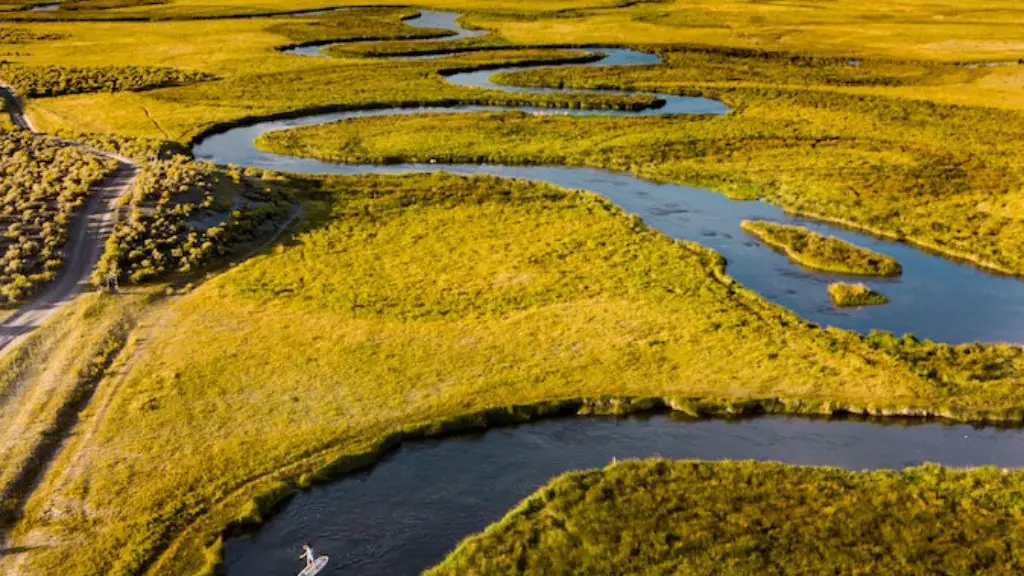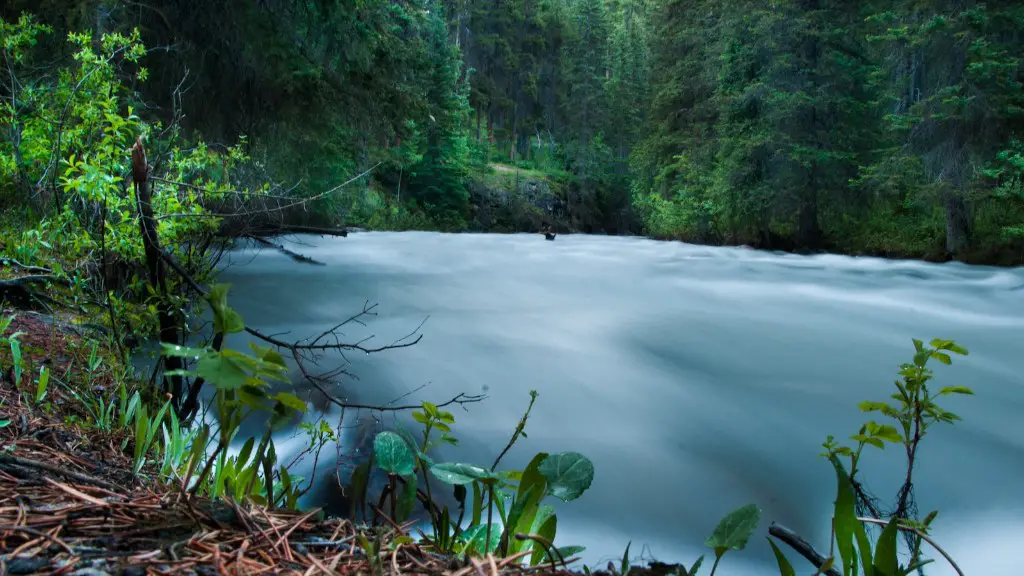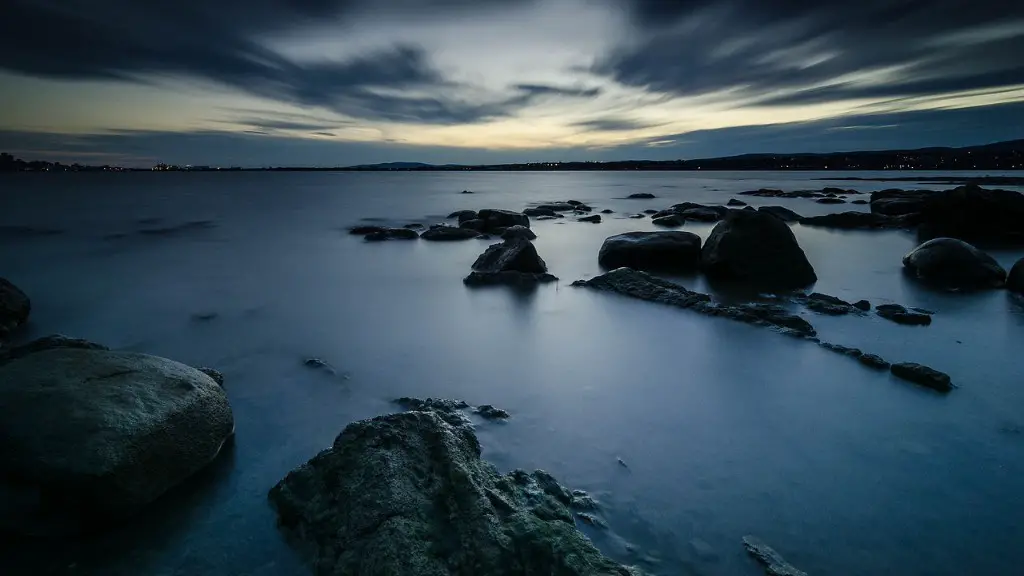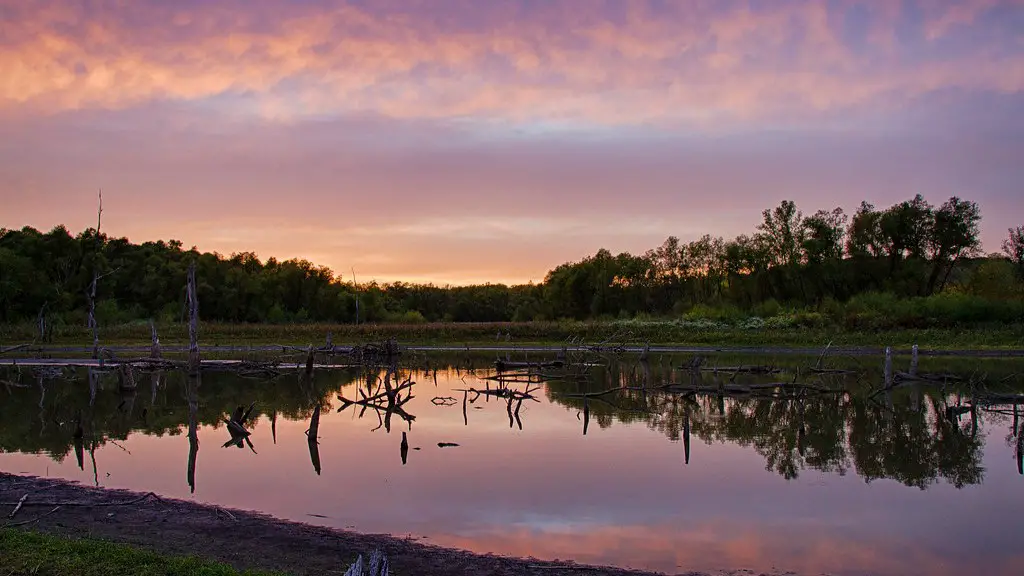The Congo River is one of the world’s great rivers, with a length of 4,700 miles and a drainage basin of 1.3 million square miles. It is the second longest river in Africa (after the Nile) and the Congo basin is the second largest in the world (after the Amazon). The river and its tributaries flow through the Congo rainforest, the second largest rainforest in the world (after the Amazon rainforest). The Congo River is home to a variety of creatures, including fish, reptiles, mammals, and amphibians.
The Congo River is home to a variety of fish, amphibians, reptiles, and mammals. Some of the more common creatures include the African catfish, African lungfish, and African river frogs.
Are crocodiles in the Congo river?
The Congo River is home to many different kinds of reptiles, including crocodiles, semiaquatic tortoises, and several species of water snakes. These creatures are an important part of the river ecosystem and play a vital role in the food chain.
The Rainforest region is home to some amazing and well-recognized mammals, including forest elephants, lowland and mountain gorillas, chimpanzees, bonobos, okapi, leopards, hippos, manatees and lions. In addition to these charismatic animals, the rainforest is also home to some less well-known but equally amazing species, including tsetse flies, African Goliath beetles and Congo African grey parrots.
What fish live in Congo River
The African Big Eye Catfish is a resident species of the African continent. It is mainly found in the rivers and lakes of the Congo Basin. The African Pike is another resident species of Africa. It is mainly found in the freshwater lakes and rivers of the continent. The African Sharptooth Catfish is also a resident species of Africa. It is mainly found in the rivers and lakes of the Congo Basin. The African Tigerfish is another resident species of Africa. It is mainly found in the freshwater lakes and rivers of the continent. The Banded Tilapia is a resident species of Africa. It is mainly found in the freshwater lakes and rivers of the continent. The Bulldog Fish is also a resident species of Africa. It is mainly found in the freshwater lakes and rivers of the continent. The Congo Yellowfish is a resident species of the African continent. It is mainly found in the rivers and lakes of the Congo Basin. The Cornish Jack is a resident species of Africa. It is mainly found in the freshwater lakes and rivers of the continent.
The leopard is the largest mammalian predator in the Congo Basin rainforest. It is a powerful and agile animal that is able to take down large prey. The leopard is also a very cunning and stealthy hunter, making it a dangerous animal to both humans and other animals in the forest.
Are there sharks in the Congo river?
The Congo has many shark and ray species that are on the IUCN Red List of Threatened Species. At least 15 of these species, including hammerheads, manta rays, mako and thresher sharks, require export permits under a treaty signed by 183 nations, the Convention on International Trade in Endangered Species (CITES). This is a serious issue because it means that the Congo is not doing enough to protect these endangered species.
The Congo River is one of the most dangerous places in the world due to the presence of deadly creatures like crocodiles and poisonous snakes. These animals can kill humans easily and have been responsible for many deaths in the past. If you are planning to visit the Congo River, it is important to be aware of the dangers posed by these animals and take precautions to avoid them.
What’s at the bottom of the Congo river?
Congo Canyon is a submarine canyon found at the end of the Congo River in Africa. It is one of the largest submarine canyons in the world. The Congo River is the second longest river in Africa (after the Nile), and the Congo Canyon is the second largest canyon in Africa (after the Grand Canyon). The Congo Canyon is about 3,000 m deep and has a width of about 1,000 m.
The Congo River is the deepest river in the world, with depths reaching around 2195 meters (720 feet). It is also the ninth-longest river in the world, with a total length of 4,700 kilometers (2,920 miles). The Congo-Lualaba-Chambeshi River system flows through a diversity of landscapes, including rainforests, swamps, and savannas. The river supports a large number of plant and animal species, as well as humans who have settled along itsbanks.
What are 3 interesting facts about the Congo river
The Congo is one of the deepest rivers in the world with depths sometimes exceeding 220 meters (720 feet). The Congo is the only major river to cross the equator twice. The Congo has the third largest drainage basin on Earth after the Amazon and Rio Plata basins.
The Congo River and its tributaries are a key habitat for snakes, he says, with snakes hunting for fish and birds along the banks. This provides an important source of food for these reptiles, and also helps to keep the ecosystem in balance.
Are there piranhas in the Congo river?
The Piranha is a voracious predator that plays a vital role in the Congo River Basin. These ferocious fish can strip a large animal of its flesh in minutes, making them a feared and respected member of the African wildlife community.
Schistosomiasis, a parasitic infection that can be spread in fresh water, is found in the Congo. Avoid swimming in fresh, unchlorinated water, such as lakes, ponds, or rivers.
What is the most feared predator in Africa
Lions are the apex predator of Africa. They are known to hunt humans, such as the famous “Lions of Tsavo” who killed a staggering 35 to 135 railway workers Kenya in 1896. Estimates for lion-related deaths vary year-to-year, but a 2005 study found that in Tanzania alone, lions killed an average of 22 people per year.
The Nile crocodile is a massive animal that can weigh up to 1,650 pounds. It is found in 26 countries in sub-Saharan Africa and is considered the most aggressive animal in the world. The crocodile is known to attack and eat humans as part of its diet. If you are planning on visiting any of the countries where this animal is found, it is important to be aware of the dangers posed by the Nile crocodile.
What is Earth’s biggest predator?
Sperm whales are the world’s largest predator, with males reaching lengths of up to 67 feet (205 meters) and weights of up to 90 tons (81 metric tons). Females are slightly smaller, reaching lengths of up to 33 feet (10 meters). Sperm whales are found in all the world’s oceans, but prefer deep waters. Sperm whales are named for the large quantity of spermaceti oil found in their heads. This oil is used in a variety of products, including lubricants, cosmetics, and candles.
The Nile perch is a massive fish that can weigh hundreds of pounds and grow several feet long. It gets its name from the Congo River, where it is found in abundance. The Nile perch is able to grow so large because it has a diverse and plentiful diet.
What is the largest fish in the Congo river
The Goliath Tigerfish is a large and powerful fish that inhabits the rivers and lakes of central Africa. They can grow to be up to 5 feet long and weigh up to 50 kg. They are a feisty and formidable fish, and have been known to attack and even kill people who venture into their waters. If you’re looking for an exciting and dangerous fish to add to your aquarium, the Goliath Tigerfish is definitely the fish for you!
The Upper Congo Basin is an important section of the river for a few different reasons. First, it has a few different tributaries leading into the Congo River, such as the Lomami River and the Lualaba River. Second, these deposit water that is already contaminated into the Congo River, making it very unsanitary. third, with multiple tributaries sourcing its water, the river becomes very polluted.
Conclusion
The Congo River is home to many different creatures, including fish, reptiles, mammals, and amphibians. Some of the more commonly known animals that live in the Congo River include hippopotamuses, crocodiles, and turtles.
There is a great diversity of creatures that live in the Congo River. Some of the more common ones include fish, turtles, crocodiles, and amphibians. This river is also home to many different types of plants and trees.





